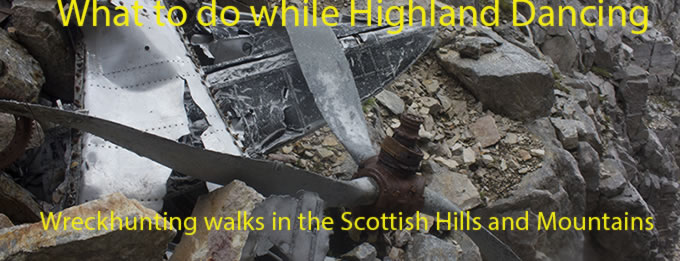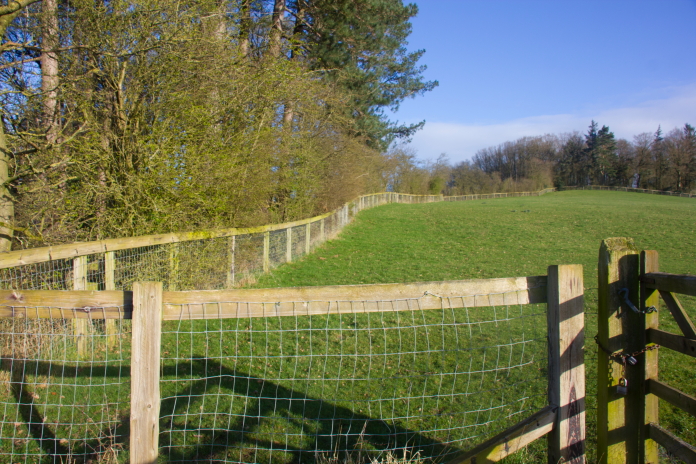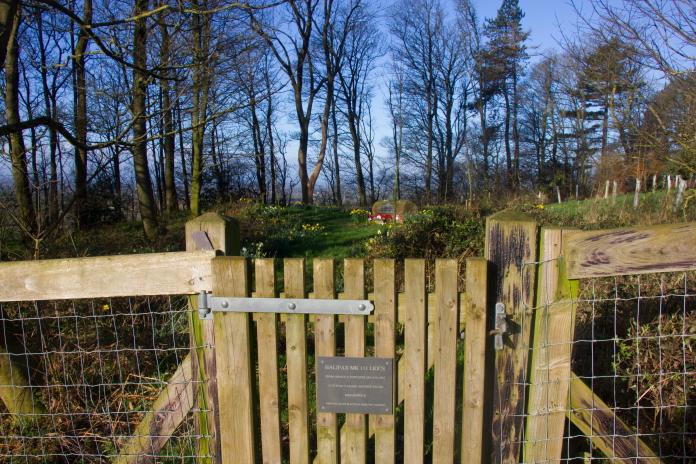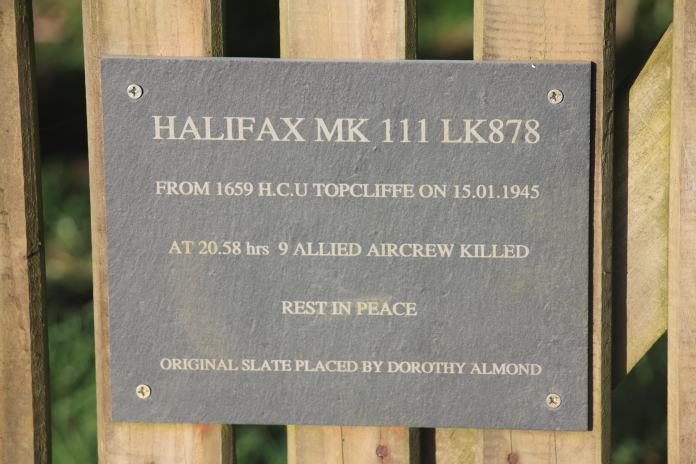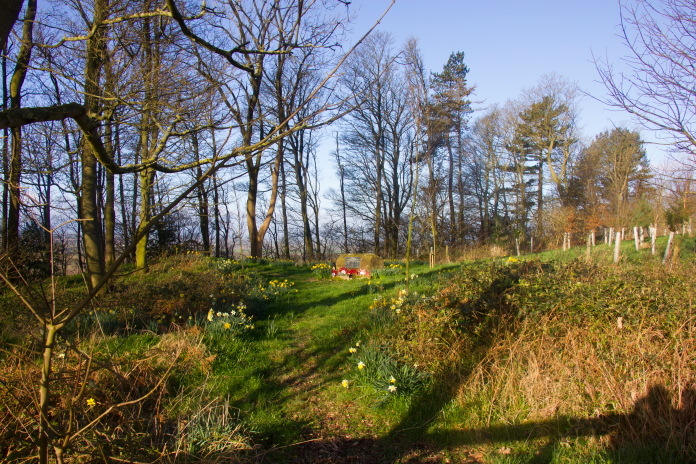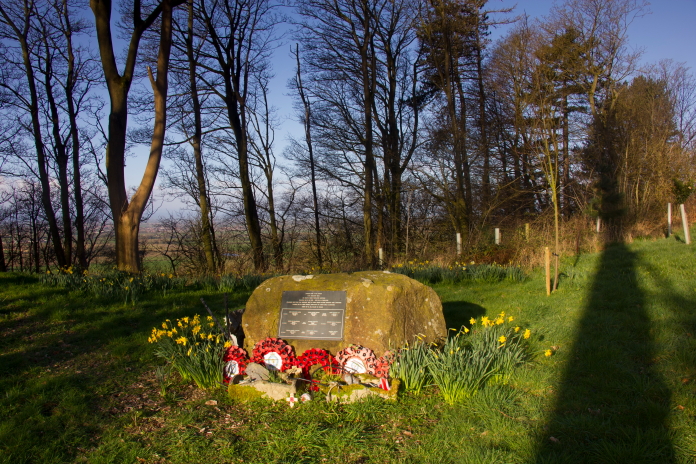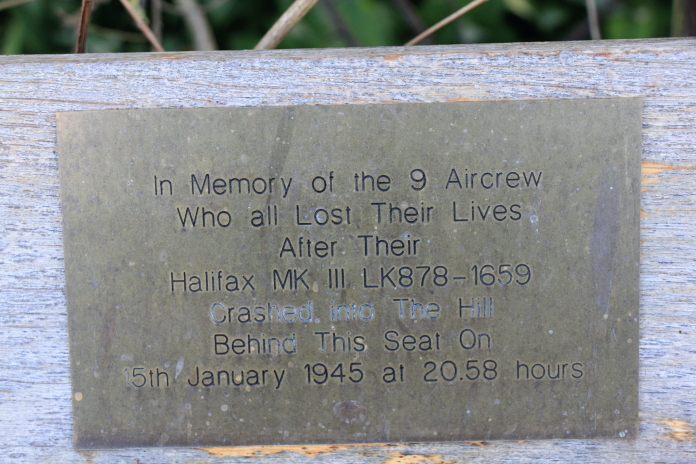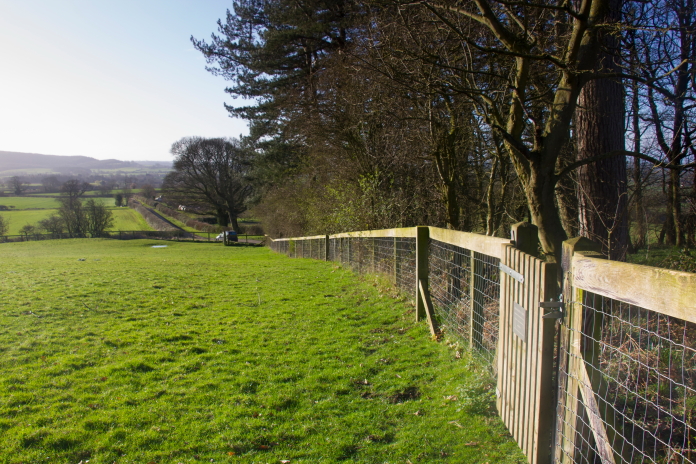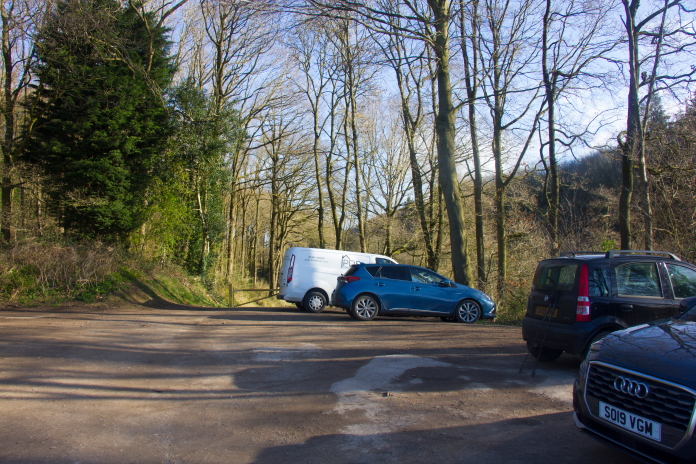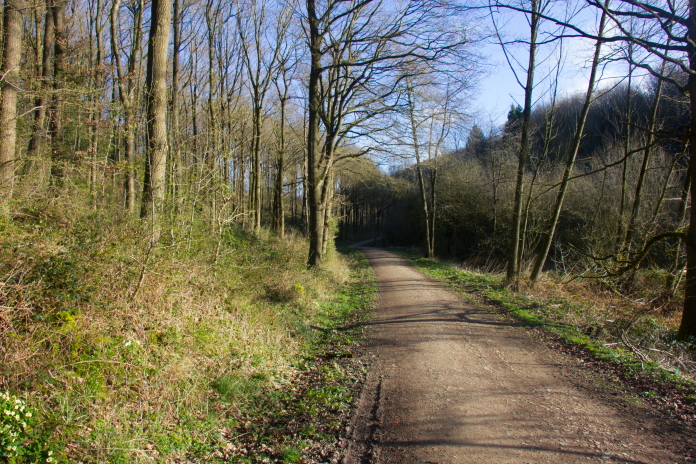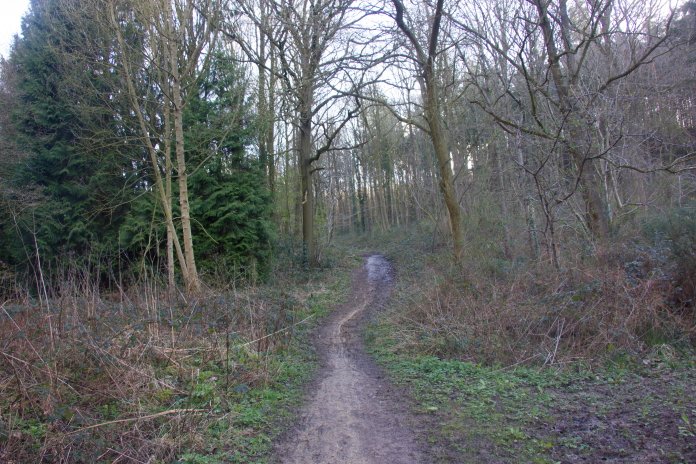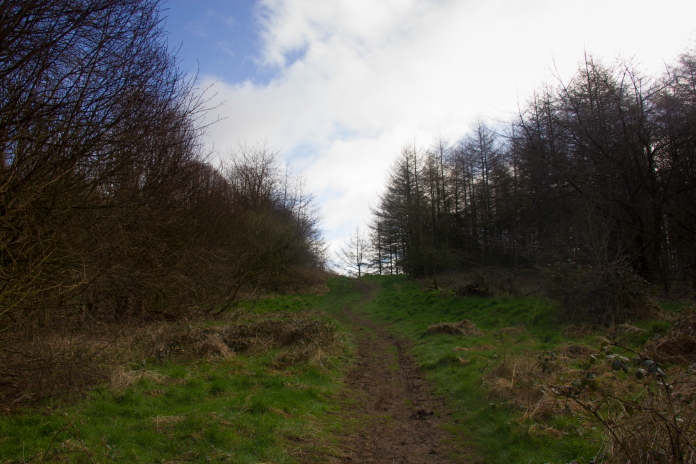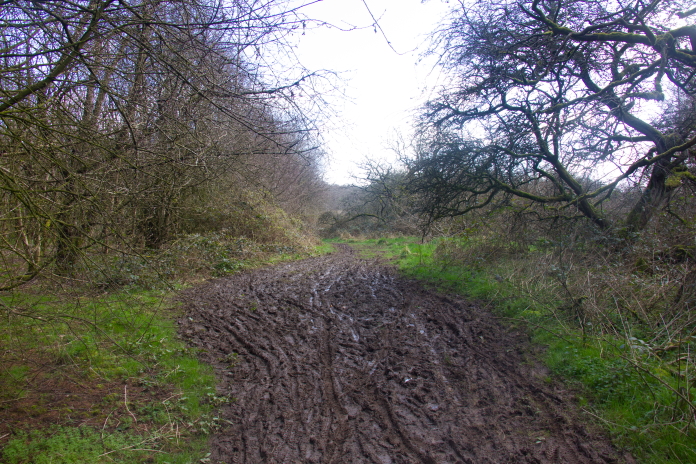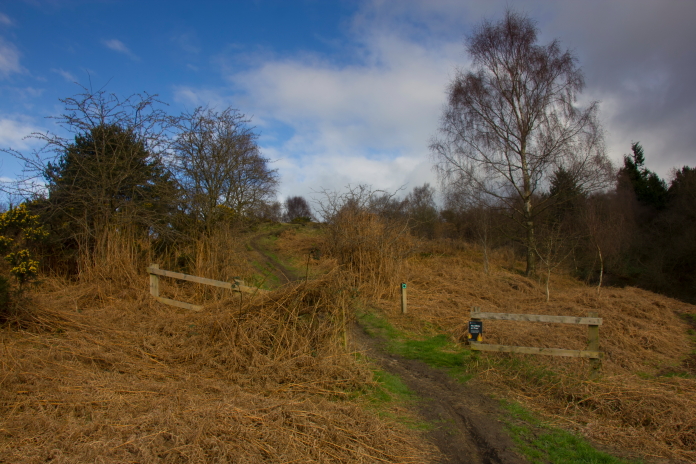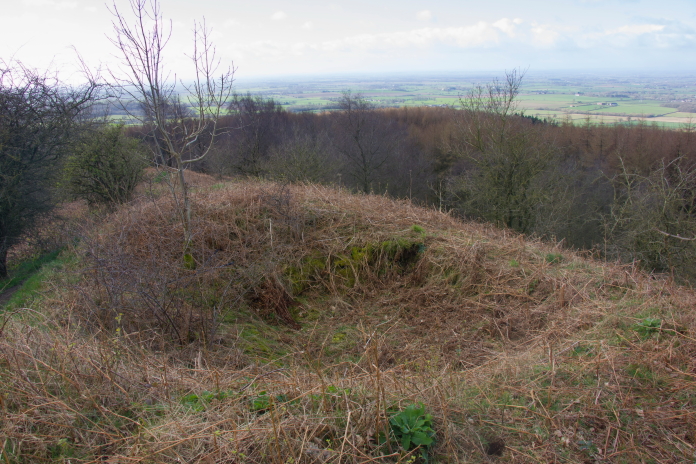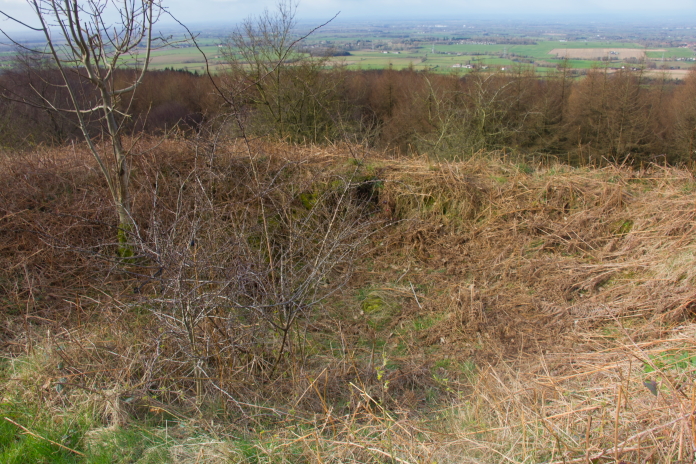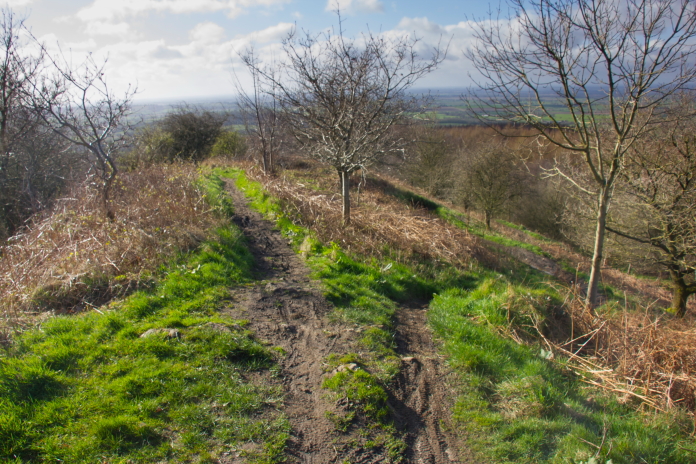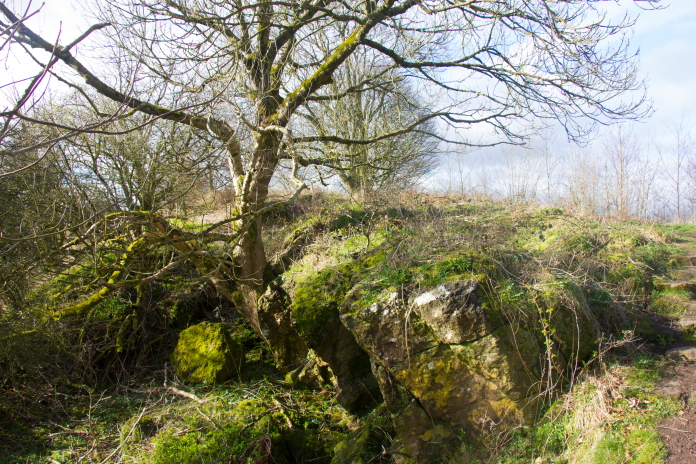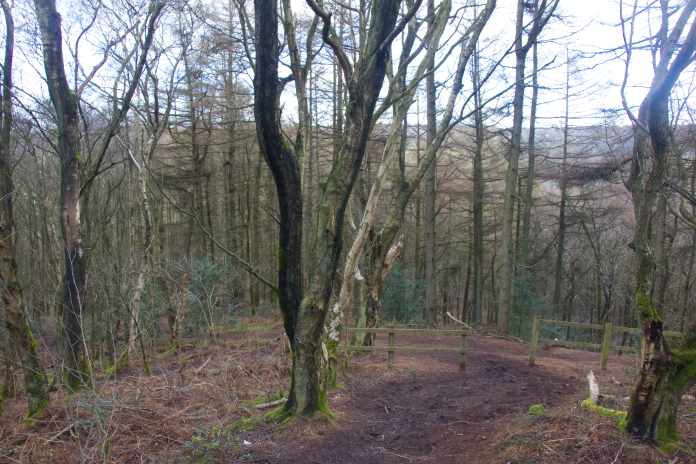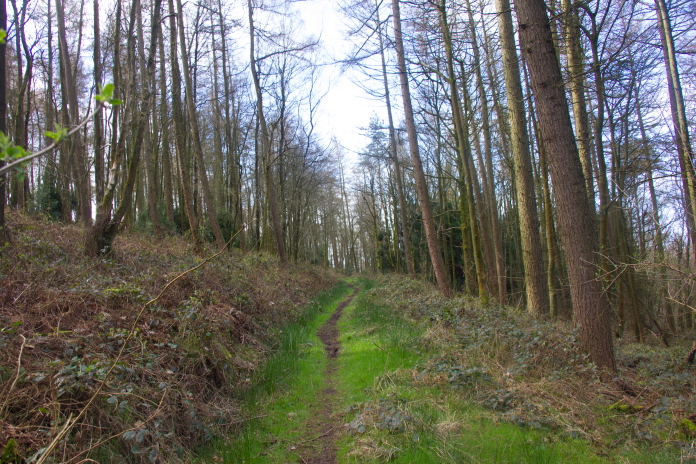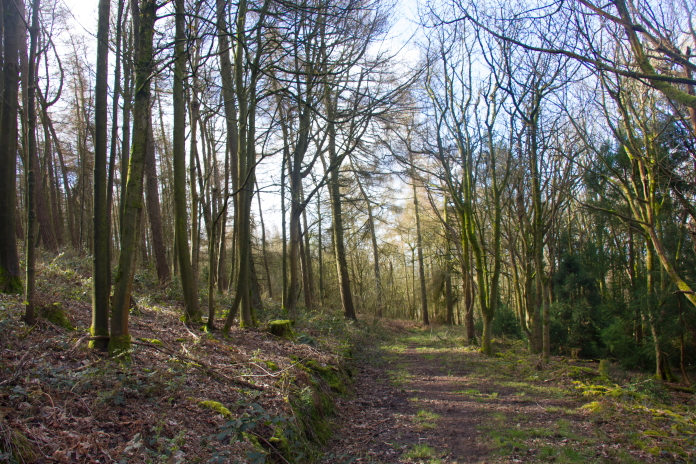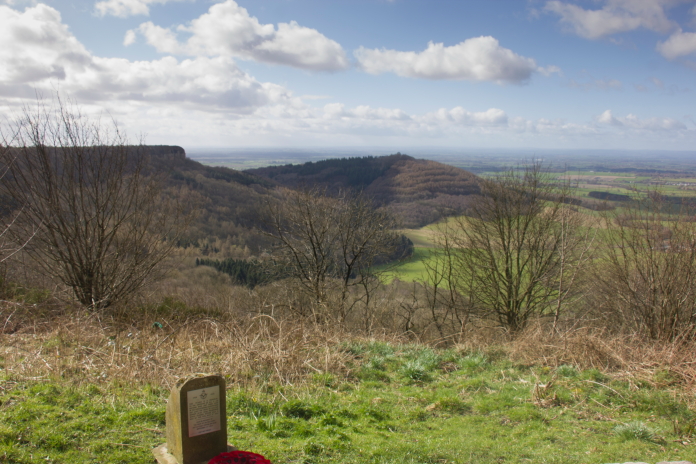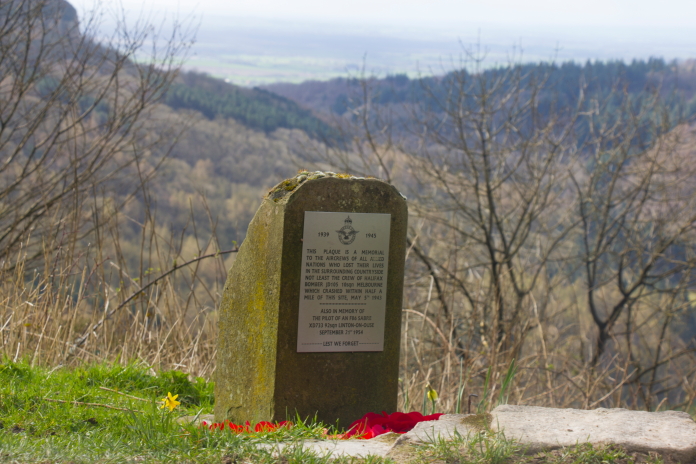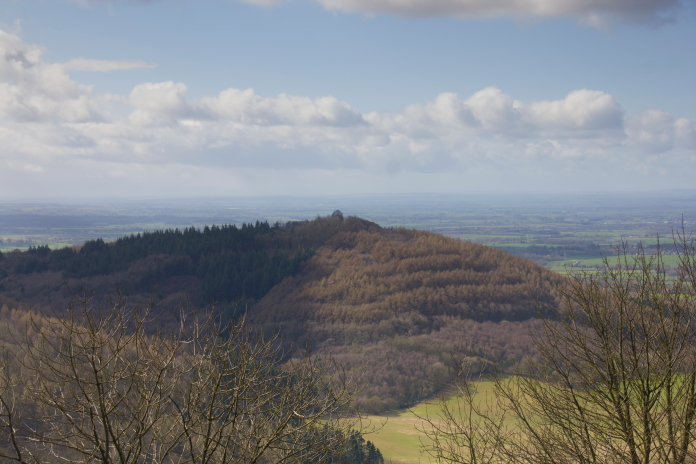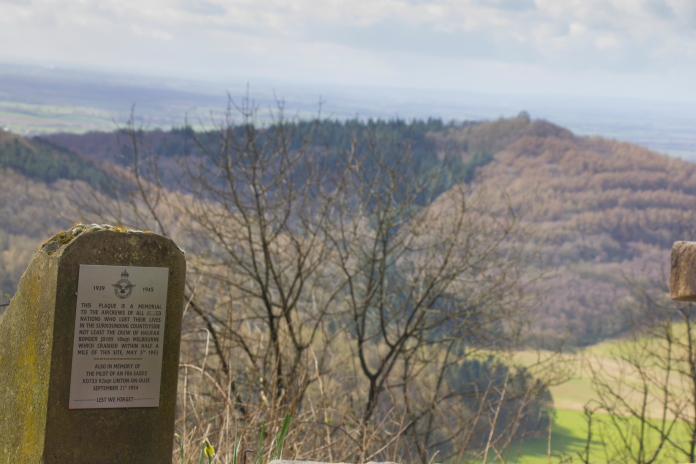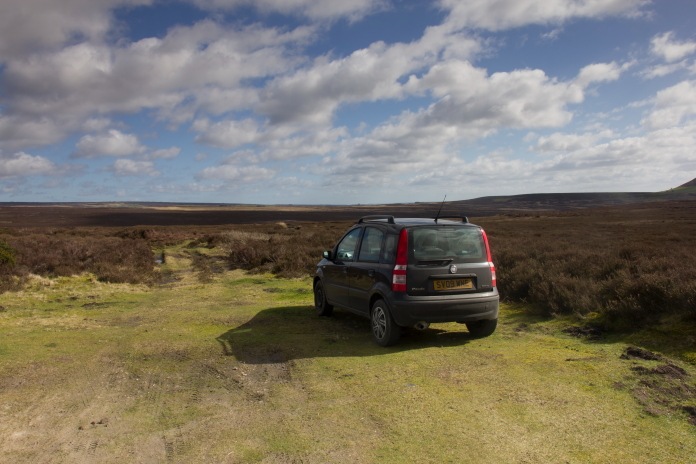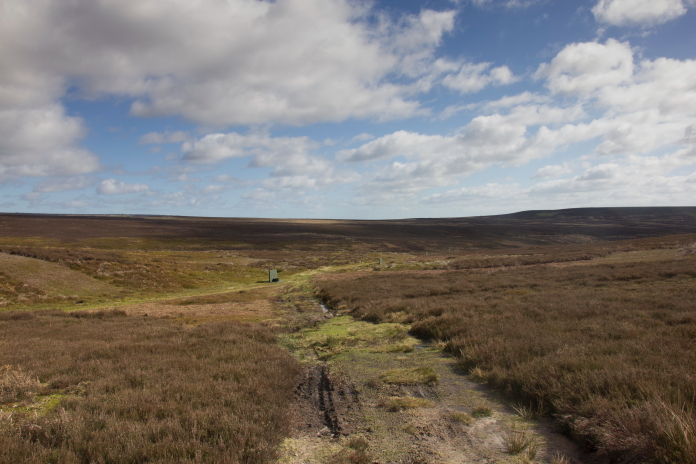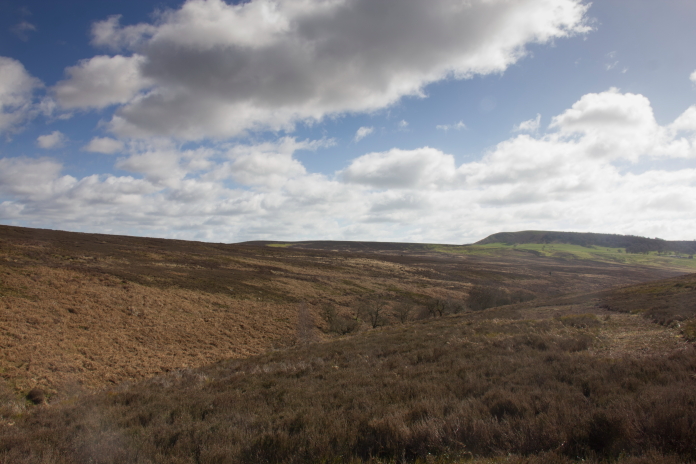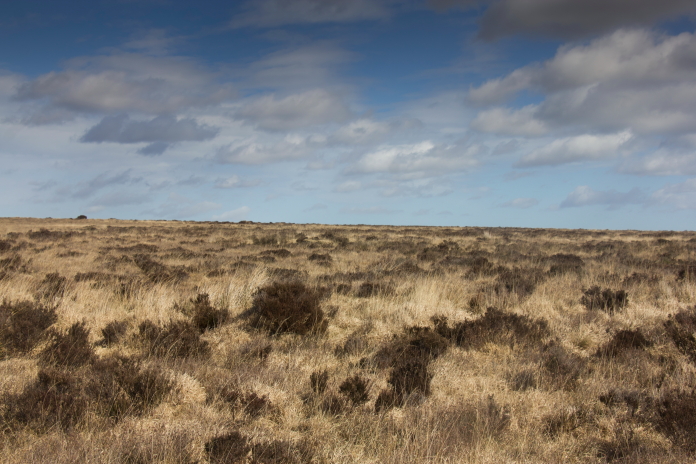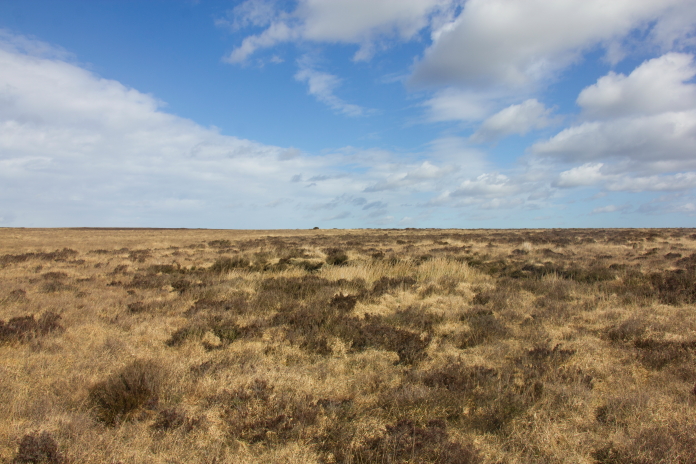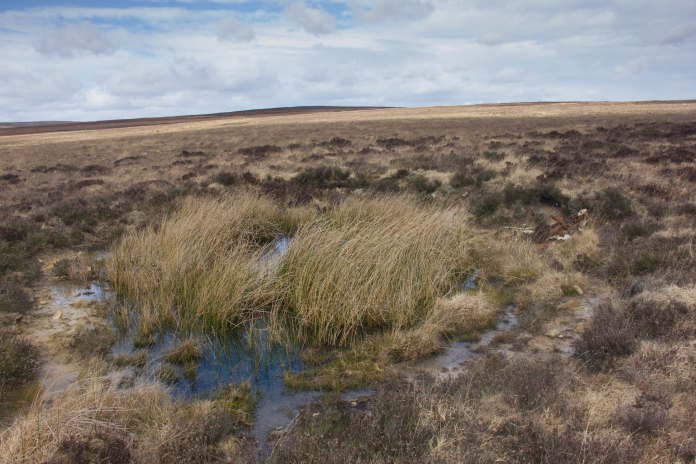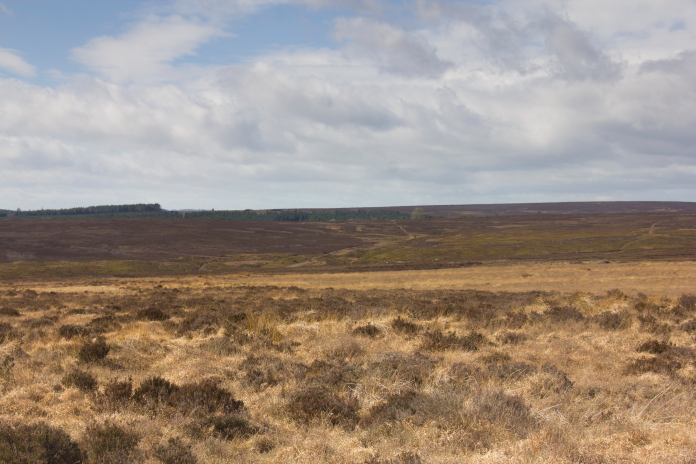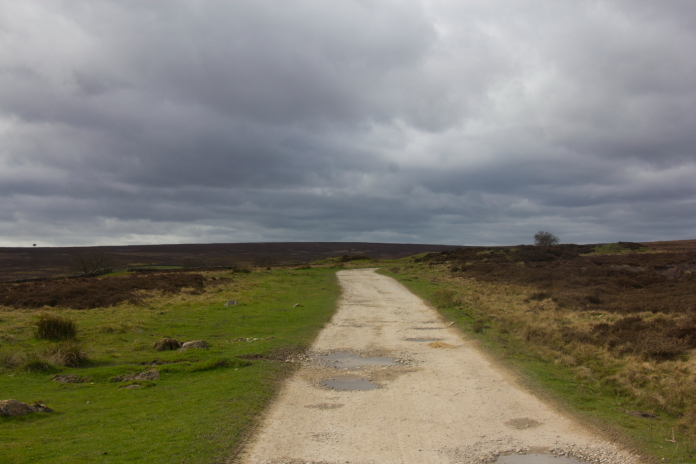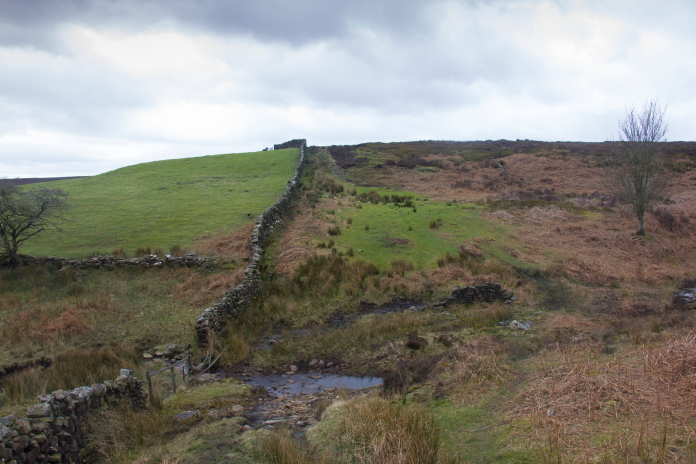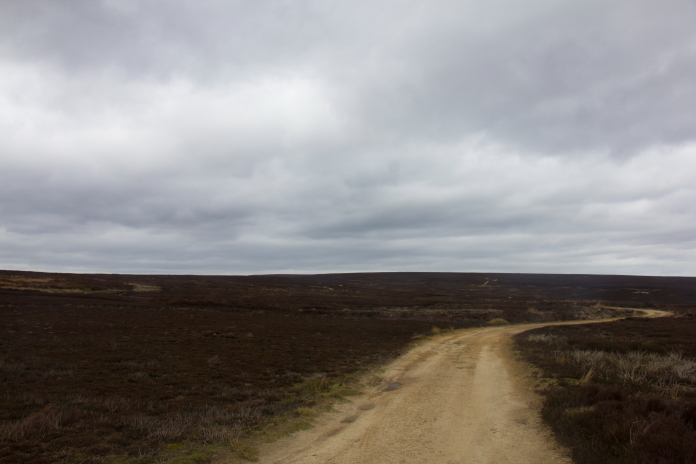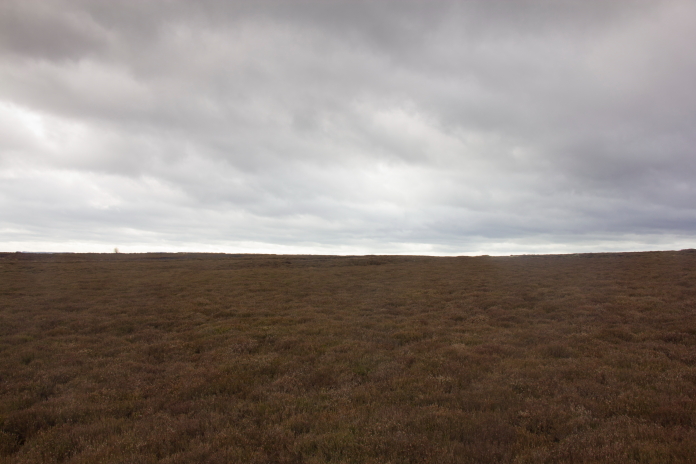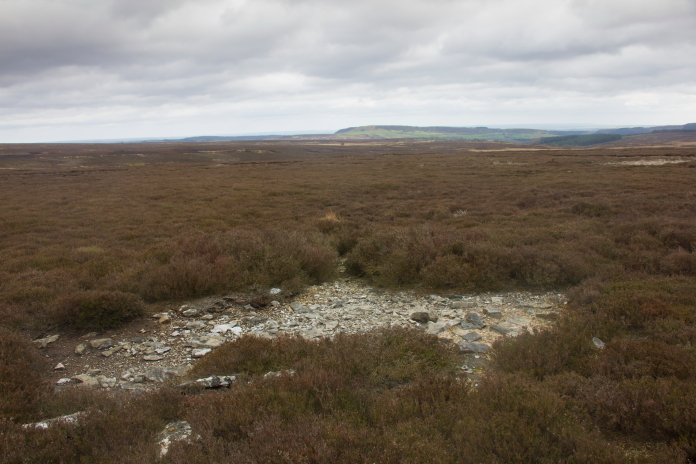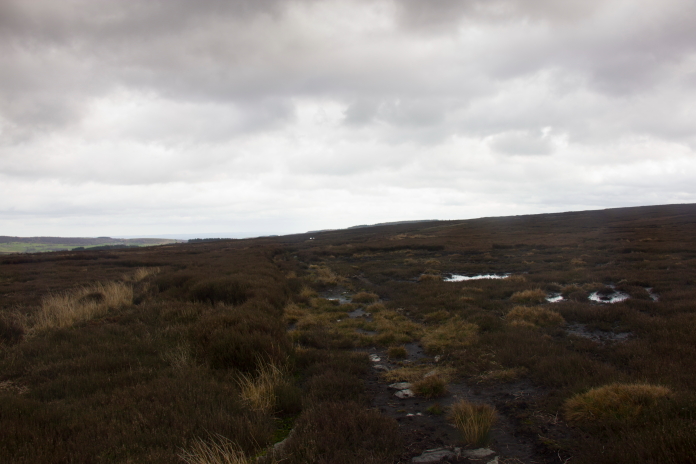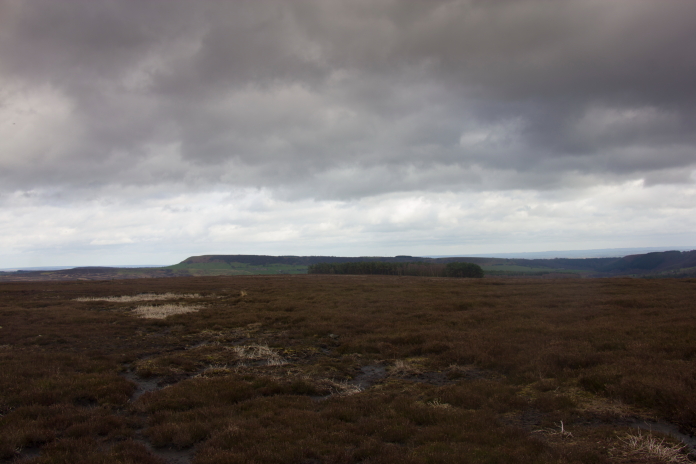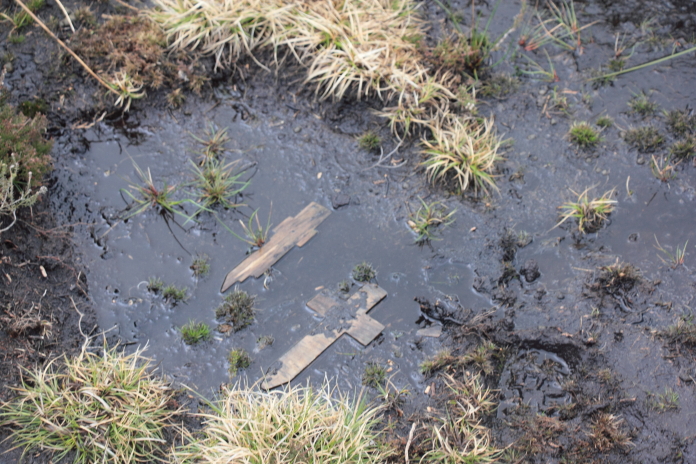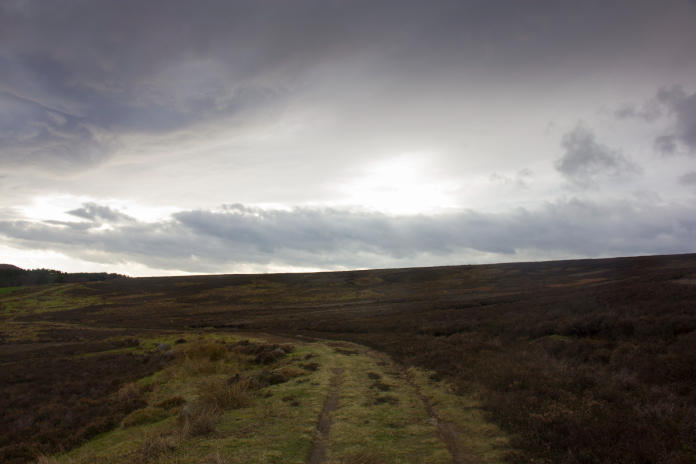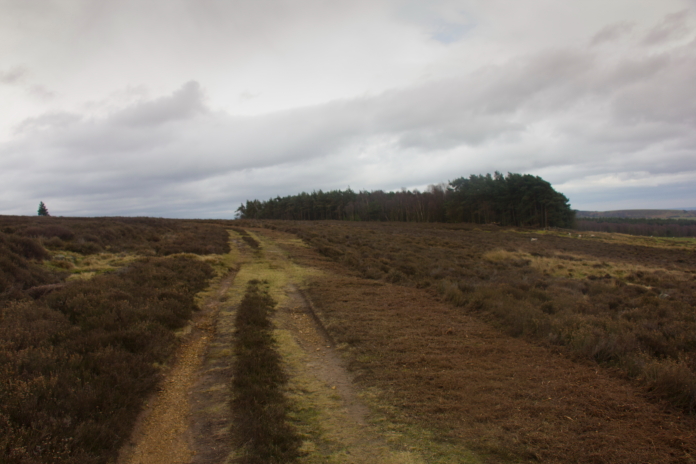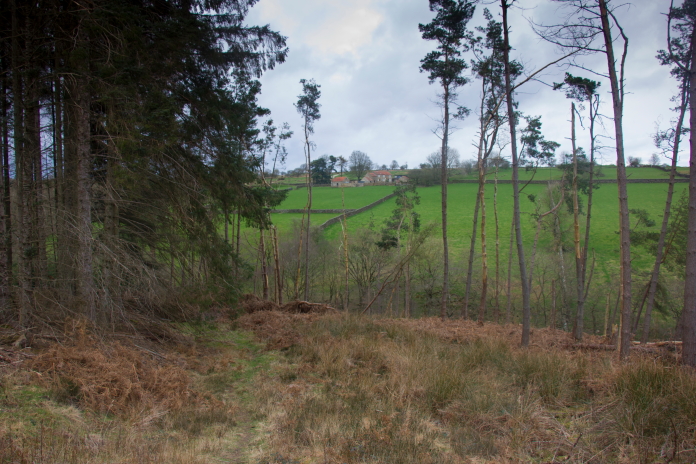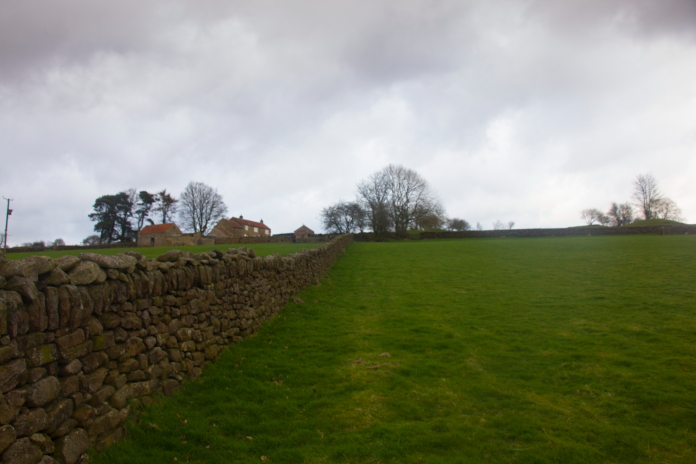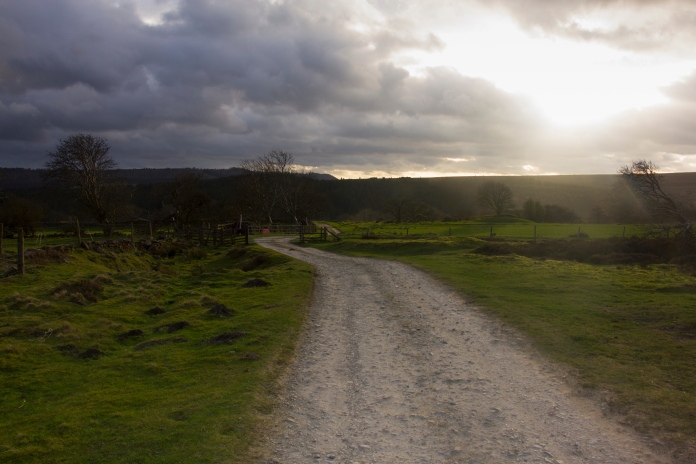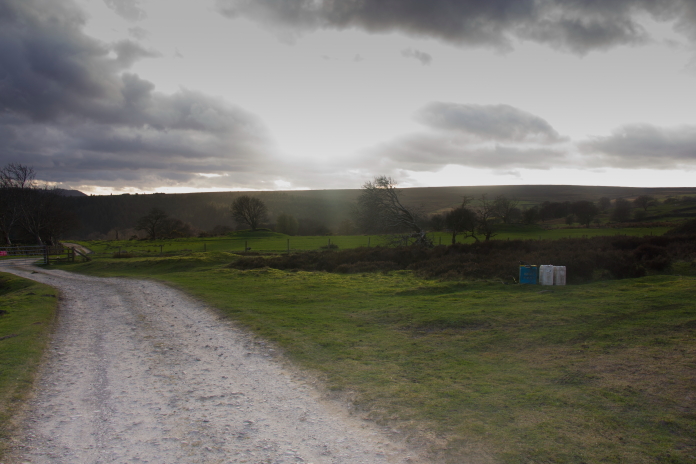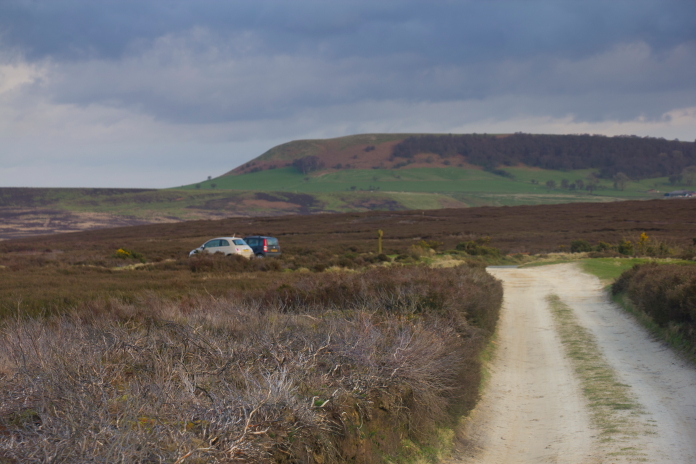A bit of a Bombshell
HP Halifax LK878 in Catcliffe Wood,
(Distance
covered = 0.1 mile / ascent = +8m)
NA F86 Sabre XD733 on Hood
Hill,
and
Hp Halifax JD105 on Hood Hill,
(Distance covered = 2.0 mile /
ascent = +131m)
DH
Mosquito NT266 on Pockley Moor,
Bristol Blenheim L8729 on Coniser
Howl
and
Avro Lancaster KB701 on Helmsley
Moor.
(Distance covered = 4.92 mile/ascent =
+144m)
Up until the start of 2024 I had only visited 1 crashsite on the North Yorkshire Moors, despite the area only being an hour down the road from where I lived. I did go and look for a couple about 30 years ago but both ended as ftf's. A couple of weeks previous I visited another 4 and today I was hoping to increase my North Yorkshire Moors Tally to 10.
My plan for this day was to actually look for six crashsites but one of them was in woods with very little wreckage left and I also didn't have a grid reference for it, just a rough idea of the area where it was, so I wasn't expecting to find that one. The other five I did have grid references for, so that is why I was hoping to increase my tally to 10 and not 11.
Setting off on the long trek to crashsite no1 of the day.
above and below:- Arriving at the crashsite of Halifax LK878.
above and below:- A fine memorial in a beautiful spot. The Halifax crashed into the slope where the trees are in the background.
Another plaque attached to a bench at the site.
Starting off on the long walk back to Amanda the Panda, who can be seen at the bottom of the field.
Parked up at the south western side of Hood
Hill plantation.
I had split the search for the 6 crashsites into 3 separate walks , each one, by no design from myself, being longer than the previous one; the first walk that I had just completed was only about 100m there and back, the second one which I was about to start was a bit longer and obviously the third one was longer still.
above and next 2 photos:- On the track up to Hood Hill.
Hood Hill Plantation seemed to be very popular with walkers and mountain bikers and even though I was there quite early in the morning it was still very busy. I knew there was a large crater at the site I was looking for here but it was questionable whether I would find any remaining wreckage to be able to add it to my crashsites found list.
Proof that the area is popular with Mountain bikers.
Nearing the summit of Hood Hill
above and below:-The crater on the top of Hood Hill where Sabre XD733 dove almost vertically into the ground.
My first thoughts when I reached the crater on Hood Hill were:-
1-I was pleased I didn't come in the summer as it was overgrown with bushes and bracken were luckily still dormant after the winter
2-There was no initial sign of any wreckage, so this one on first appearances was most likely going to end up on my 'probable' list.
The crater now has a mountain bike trail passing closely by either side of it.
There has been quite a bit of criticism online about people using metal detectors here to find and dig up pieces of the Sabre, so although I had fetched mine along to find any pieces hidden in the undergrowth I didn't need to use it, as I found plenty of small fragments lying on the surface around the area.
A knarly old tree on the summit of Hood Hill.
Dropping
off the other side of Hood Hill in the hope of getting lucky with the
crashsite of Halifax JD105.
The third crashsite on my list and the second one on Hood Hill was HP Halifax JD105. I didn't have a grid reference for this one but knew it had clipped the top of Hood Hill and crashed about 100m further on, so my plan after visiting the Sabre site was to drop off the other side of Hood Hill then contour back around about 100m below the summit ridge in the hope of stumbling across it. The very low odds of me finding the remains of the Halifax were soon reduced to zero as thick brambles covering most of the forest floor soon put paid to my plan and I was forced to follow a footpath back around instead.
Above and below:-Contouring back around Hood Hill to where I'd parked the car, even with a grid reference it would have been difficult to find this one because of the brambles.
After failing to find the crashsite which I wasn't expecting to find anyways it was time to move the car east a few miles to the start of my third and final walk of the day where I was confident in finding the three crashsites I would be looking for over there.
Above and below:-Memorial to the two crashes on Hood Hill, although by my own rules I can count a crashsite as found if there is a memorial there, I still couldn't count JD105 as this memorial is quite a distance away from Hood Hill, at the top of Sutton Bank.
Above and below:-View of Hood Hill taken from the memorial on Sutton Bank.
After visiting the memorial I headed over to Pockley Moor to have a look for another site that I failed to find back in the 1990's. Back then I only had an inaccurate 6 figure grid reference, today I had a 10 digit reference that several sources on the internet had confirmed as being accurate.
Amanda the Panda parked up overlooking Pockley Moor.
My third walk started off very leisurely on a nice grassy track, but the track was only there because of some shooting butts. As I reached the last shooting butt which sat beside a gully the nice grassy track terminated. The rest of the walk was not so leisurely.
Reasonable going until I reached the end of this track.
Above and next two photos:-Very tough going over the moor to the final resting place of DH Mosquito NT266.
Even though there is a large water filled crater at this one it was still difficult to spot until I was right on top of it, so I could forgive myself for not finding back in the 1990's; although I wish I had found it back then because there would of been a lot more wreckage still there.
Water filled crater containing the few fragments of wreckage that have survived
the thieving souvenier hunters who have pillaged this site over the years.
I always believed this site was the one featured on the episode of Heartbeat called 'Missing in Action' but on eventually finding it I soon realised that it was not. It would be interesting to know therefore which crashsite it is shown in Heartbeat, that is if it was an actual crashsite or had they faked one?, answers on a postcard please.
Not too far back to the car but most of it very tough going and very tiring.
As I was passing the car to start the second leg of this walk I took the opportunity to have a sit down and some bait as well as a change of socks and t-shirt. I then managed to fall asleep for a bit and when I woke up I found it very hard to get motivated to set off on the rest of the walk.
The now overcast and windy weather didn't help to motivate me any but motivated I
eventually was and off I went.
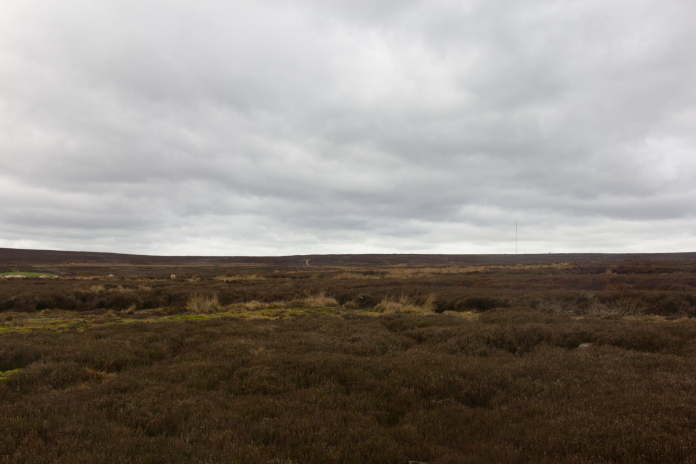
Once over this gully I was able to pick up a landrover track that made the going much quicker and easier.
On a nice landrover track that would take me to within 300metres of the next crashsite.
Approaching the crashsite on Coniser Howl.
The 'end of the road' for Blenheim L8729.
Not much left but interesting nonetheless.
By the time I reached the Blenheim site on Coniser Howl it was getting late in the day and the weather was now overcast, windy and a bit chilly. The noise of the wind making Coniser Howl a very fitting name for the place. I now had to decide whether to head directly back to the car the way I came, or take a nigh on two mile diversion to the south to look for remains of an Avro Lancaster on Helmsley Moor.
On a track which initially went in the direction I needed.
As I had a 10 digit grid reference for where a piece of the Lancaster had been found and as there was a path marked on my map that went from Coniser Howl down to Helmsley Moor I opted for the diversion.
Almost onto Helmsley Moor, although I never managed to pick up the path the going was still OK all the way down.
At the grid reference I had there was no sign of any wreckage but I did find some remains of wooden crosses that had been placed there, so I was, at the time pretty sure I was at the right spot, even more so when I did a sweep with my metal detector which went crazy in one muddy depression not far from the crosses.
Remains of some crosses someone had placed here.
In my rules for qualifying for inclusion on my 'crashsites found' list small wooden crosses do not count as a memorial, so this Lancaster site would only qualify for my 'probable' list. However after exchanging communications with an expert on the air crashes in this area when I got home, it would seem the 10 digit grid reference I used was more likely to be for a piece of bomb fragment that had been misidentified as a piece of the lancaster and my metal detector readings were also most probably bomb fragments, considering the area was a bombing range during the war and the location of the crosses was very near to the range target.
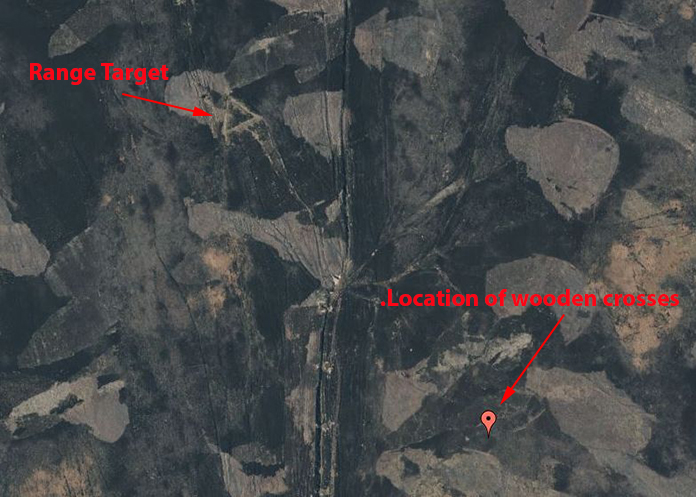
Satellite image of Helmsley Moor, the range target is still clearly visible.
The area where the Lancaster crashed, another visit is needed here to find the correct location for sure
and to confirm the metal detector hits I got were indeed just bomb
fragments.
above and next 5 photos:- Making my way back to the car via Collis Ridge and the Old Kiln.
